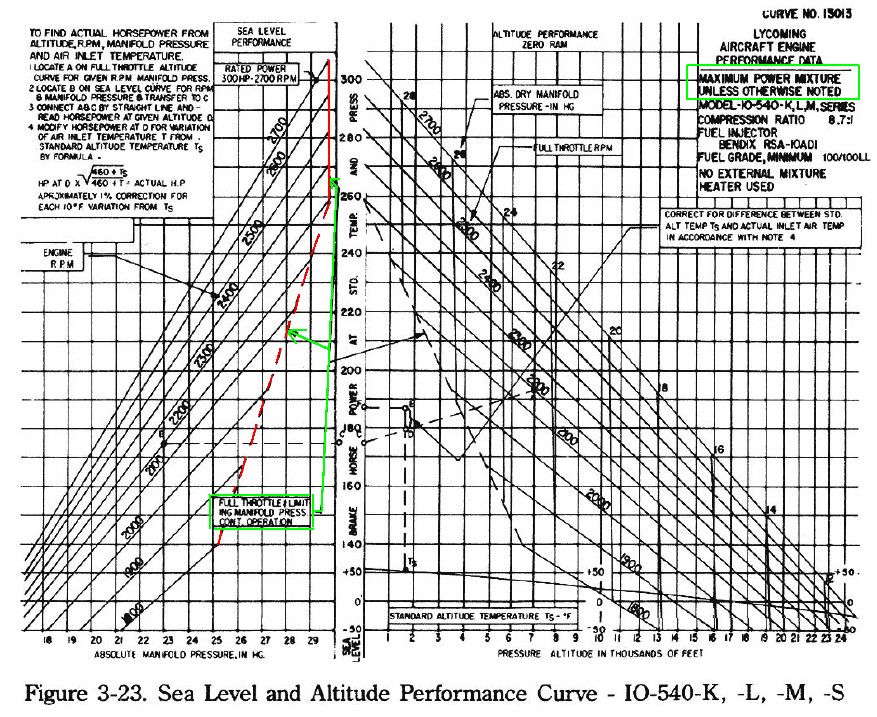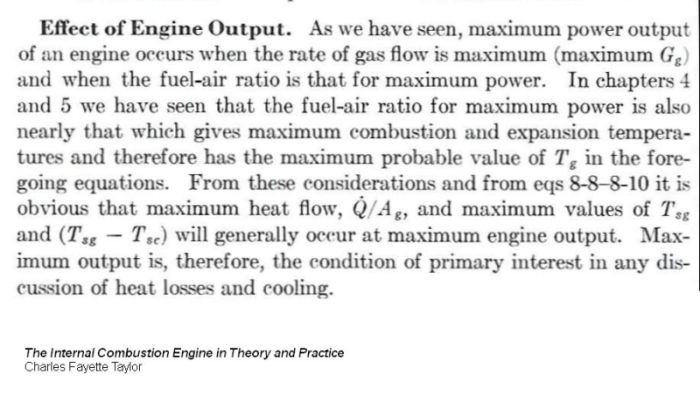I?m curious what others are using throughout takeoff and initial climb.
My home field is 1,200 MSL and at full throttle, forward prop I?m pushing 28? and 2680 RPM. I?m off the field in 500 ft, I shallow out around 500 agl and aim for 115 knots. At 1,000 agl I pull back squaring at 25?/2500. During climb out I adjust these settings to keep CHTs under wraps.
My RV-10 seems to have more power than the RV-10 I did transition training and more effective power through probably less drag than the 182 that I received my hp endorsement on.
It all works, just wondering if I?m being too aggressive.
My home field is 1,200 MSL and at full throttle, forward prop I?m pushing 28? and 2680 RPM. I?m off the field in 500 ft, I shallow out around 500 agl and aim for 115 knots. At 1,000 agl I pull back squaring at 25?/2500. During climb out I adjust these settings to keep CHTs under wraps.
My RV-10 seems to have more power than the RV-10 I did transition training and more effective power through probably less drag than the 182 that I received my hp endorsement on.
It all works, just wondering if I?m being too aggressive.







